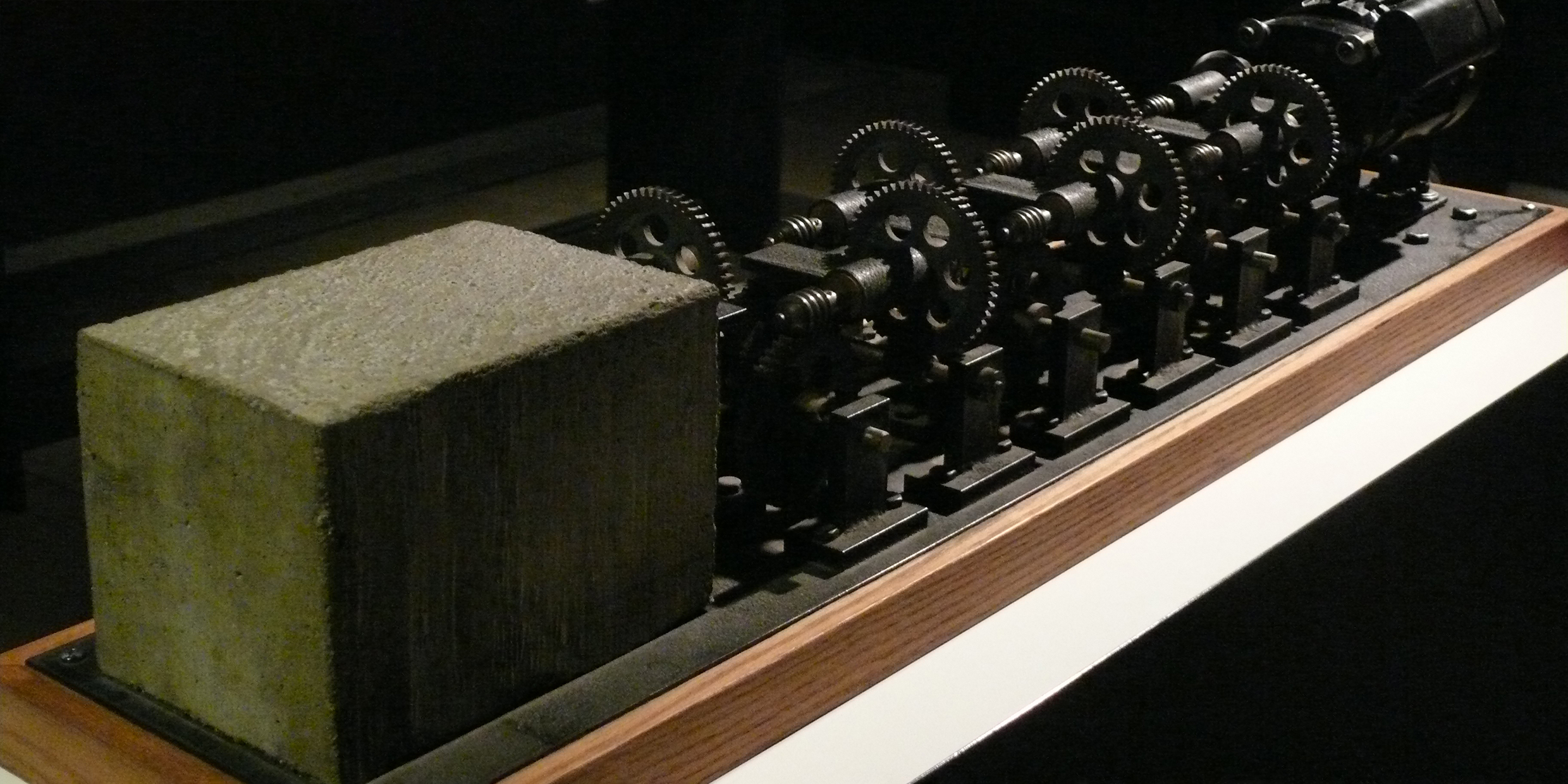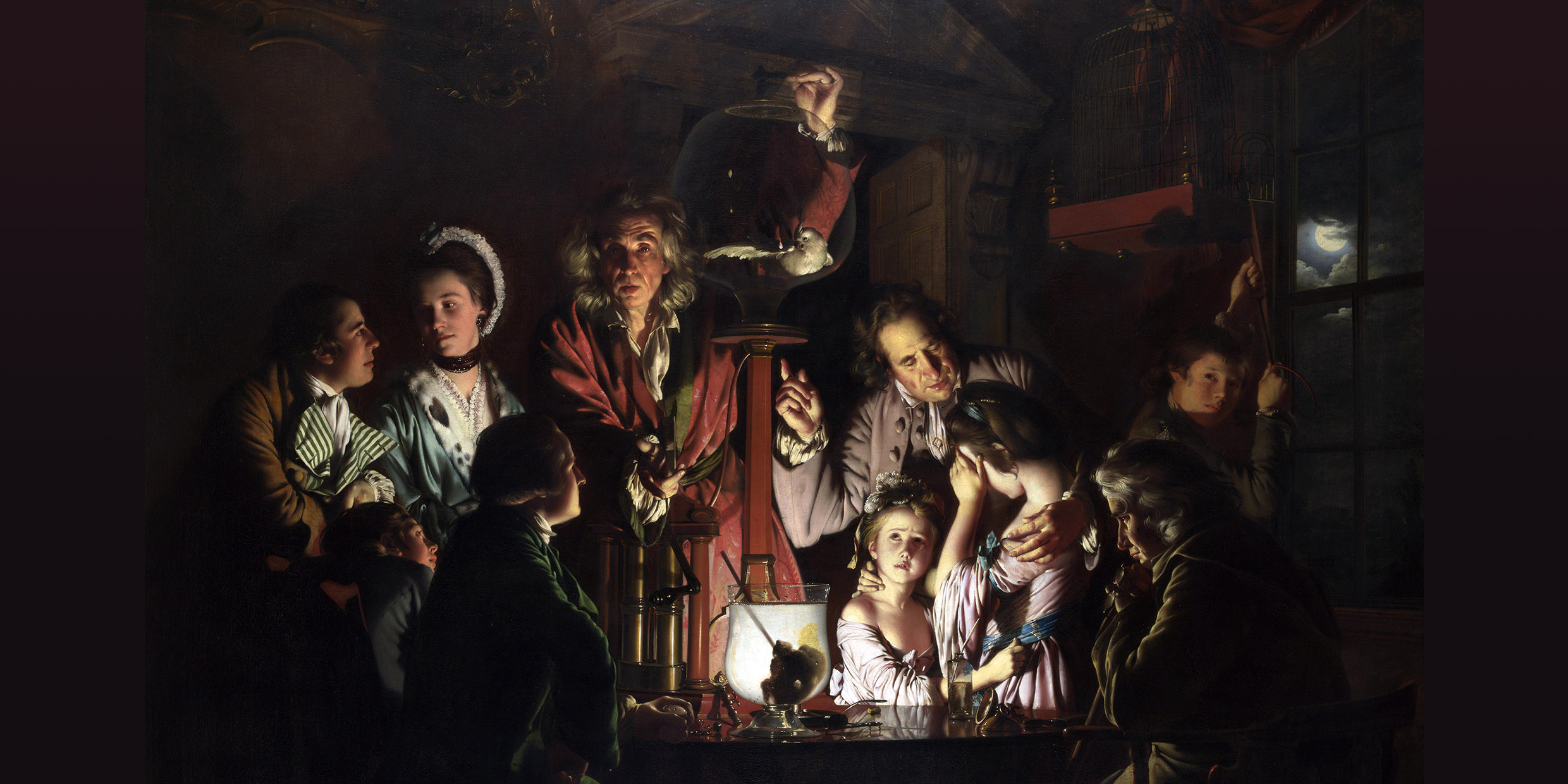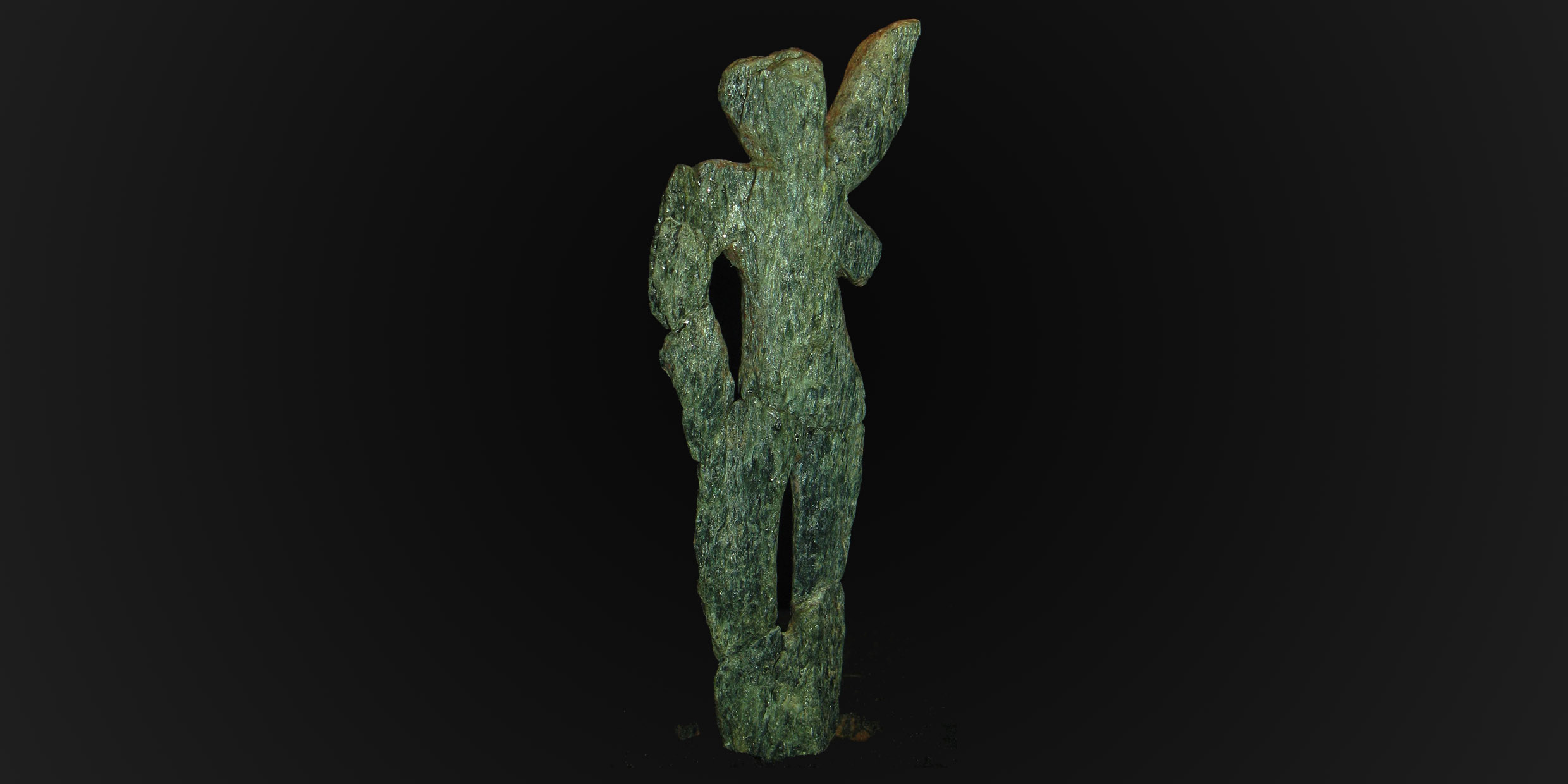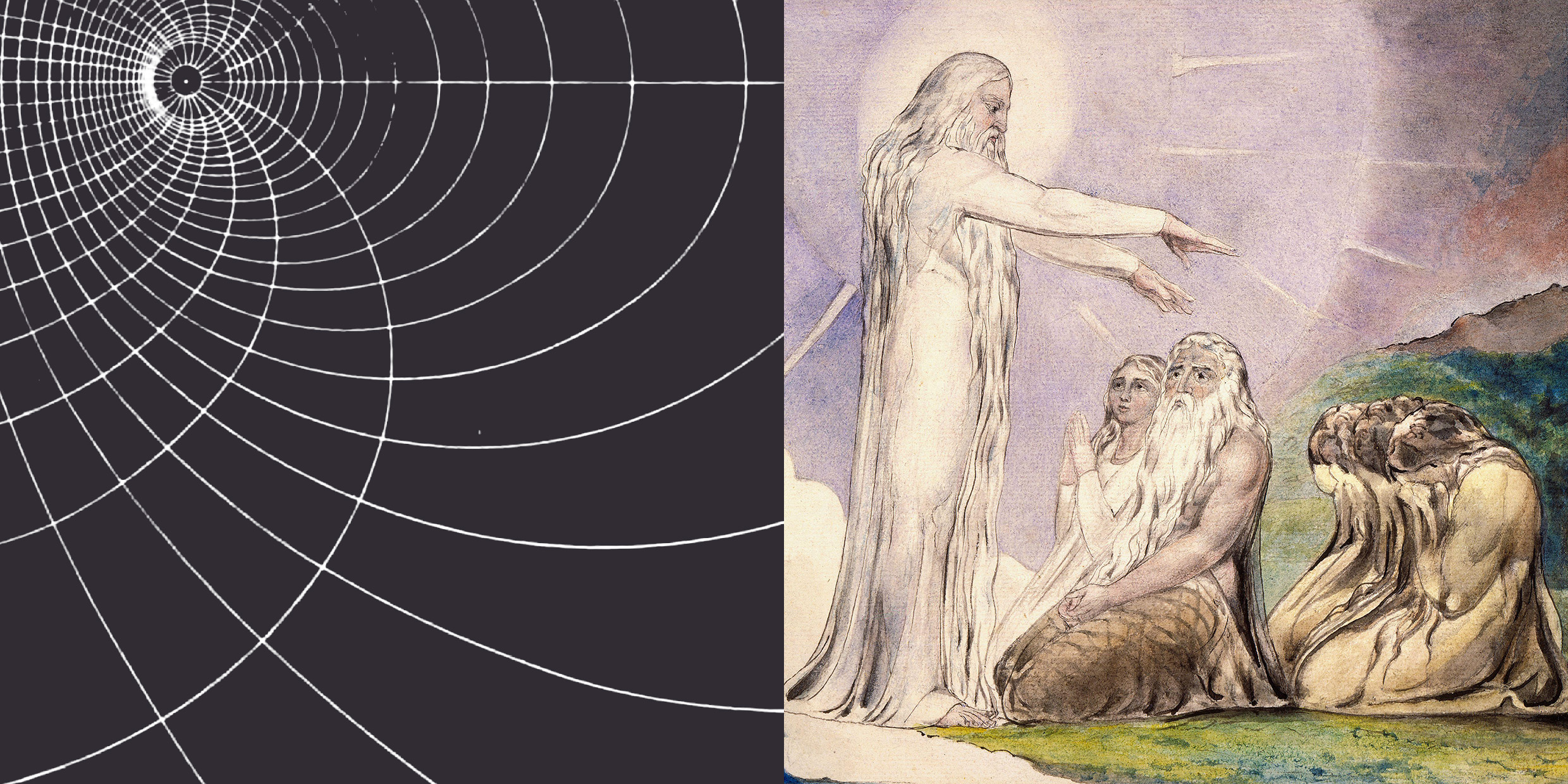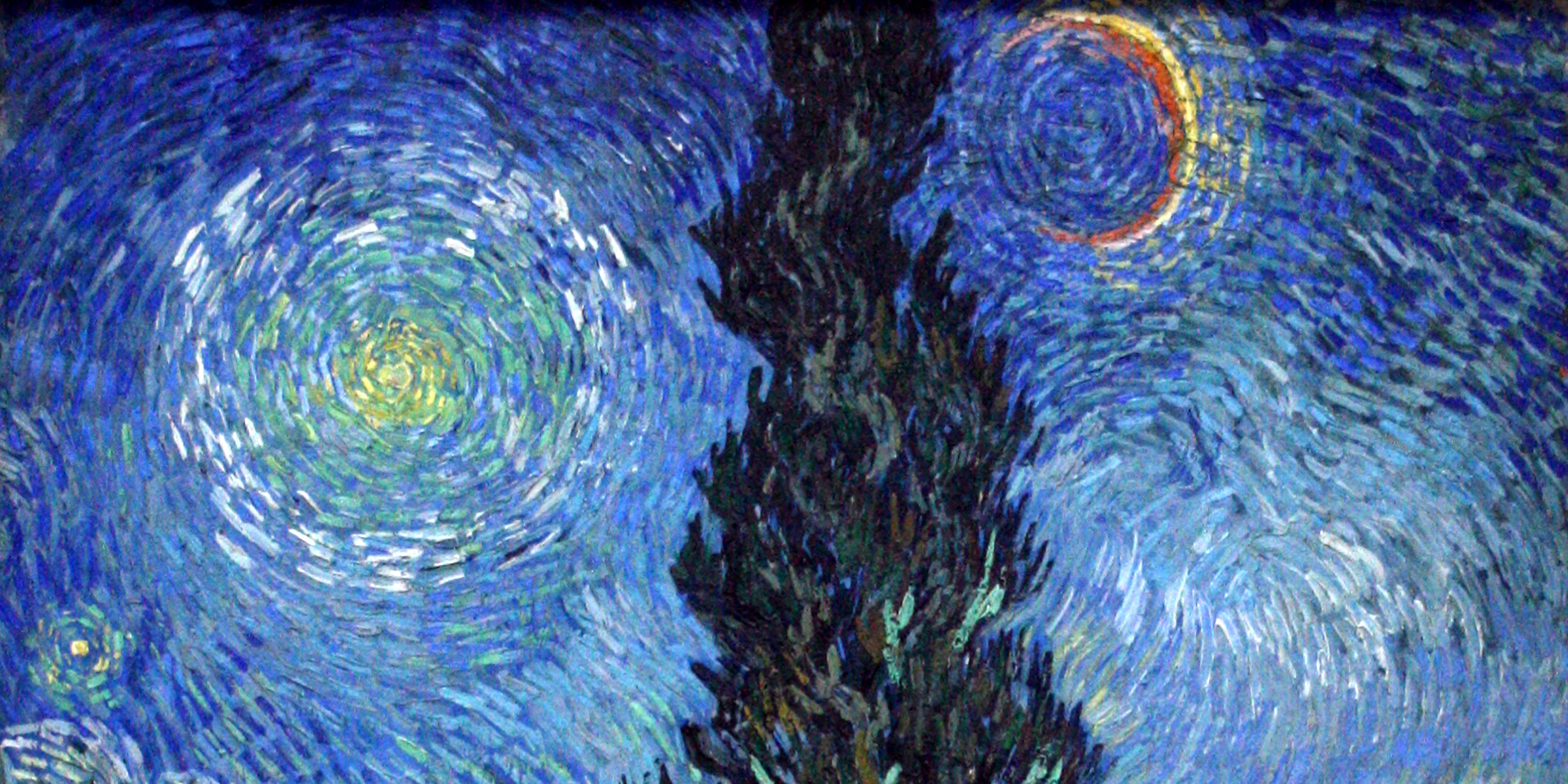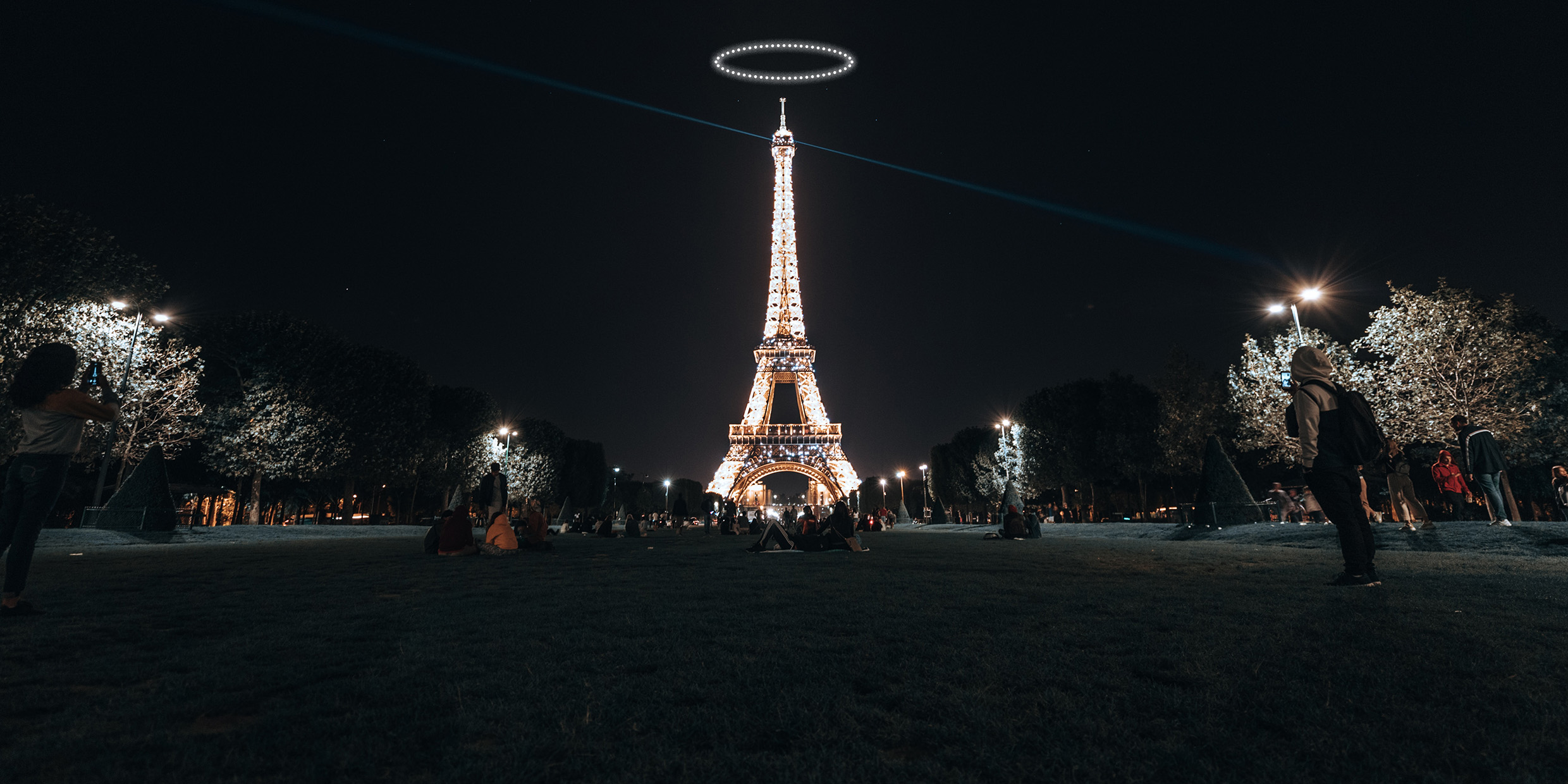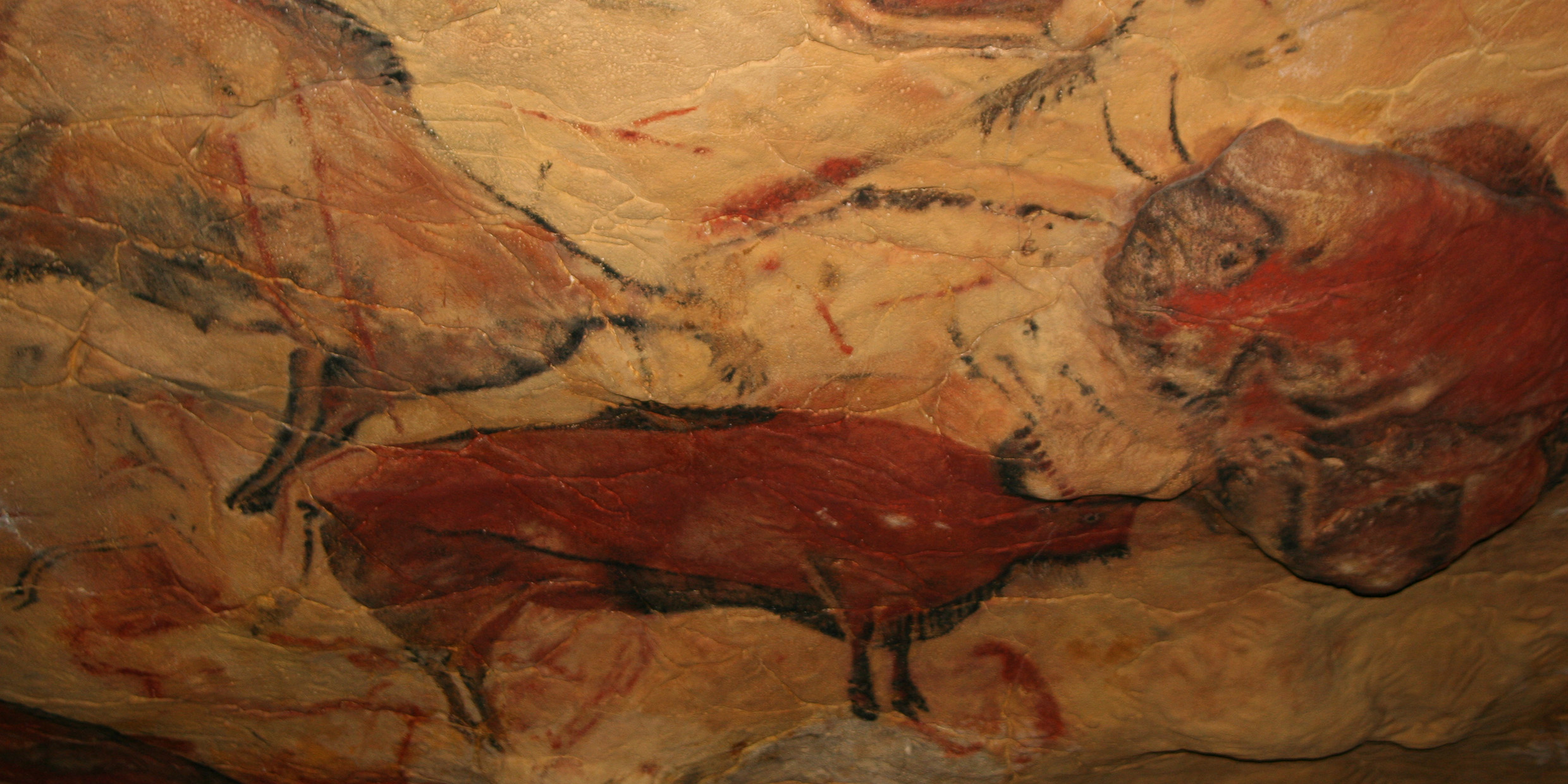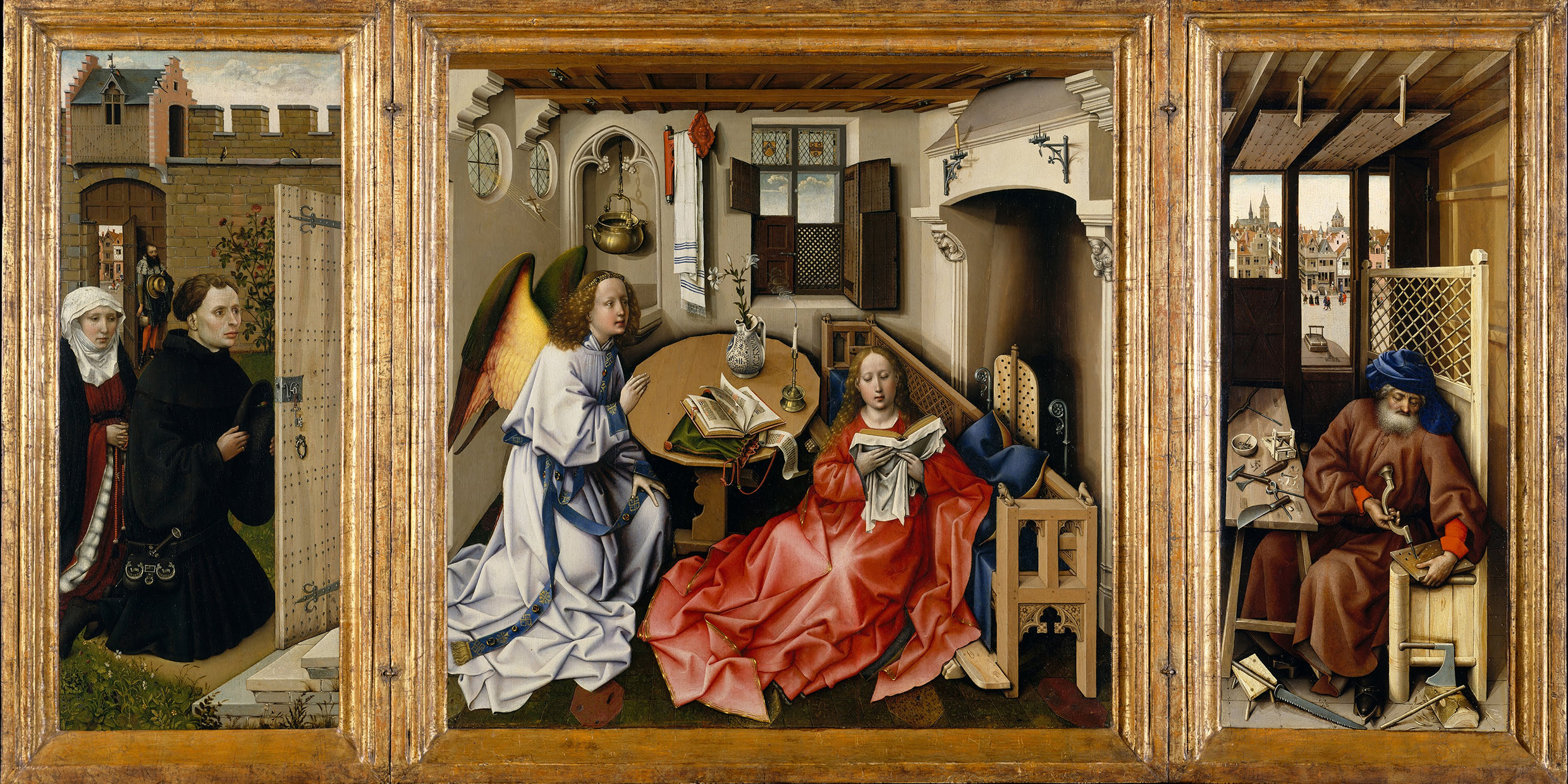Imagine this. A machine made of pulleys and levers that spends its time scooping machine oil from a pool at its base and pouring it over itself. The oil glides sensuously down over the mechanism, back into the pool. Ahhh!
Articles with Art
A cusp of history in a painting
On Thursday of this week [in 1990] the Metropolitan Museum of Art in New York will open a show of the works of the 18th century painter Joseph Wright of Derby. The show had its origin at the Tate Gallery, London, and moved on to Paris before arriving here.
Ice Age Venus
From Austria comes word of one of the world’s earliest known sculptures, a female figurine, excavated from Ice Age sediments at Galgenberg, near Krems. This delightful artifact is about 3 inches tall and is carved from green serpentine stone. It has been dubbed the Dancing Venus of Galgenberg.
A common soil
After the publication in 1959 of C. P. Snow’s The Two Cultures, it became fashionable to look for ways in which science and the humanities are interrelated. Usually this took the form of, ah, say, rooting out references to Renaissance astronomy in the poems of John Donne or to the Second Law of Thermodynamics in the novels of Thomas Pynchon.
Van Gogh’s night
In [a 1988] issue of Sky & Telescope magazine, astronomers Donald Olson and Russell Doescher turn their attention from the real sky to a sky painted by the 19th century Dutch artist Vincent van Gogh. The painting, “Road with Cypress and Star,” shows three celestial objects — a crescent moon, a bright star, and a less bright star near the horizon. The astronomers asked themselves: Is the sky in the painting the product of the artist’s imagination, or was it inspired by an actual configuration of celestial objects?
A razzle-dazzle ring circling the world
From the moment the plan for a thousand-foot-high tower was approved, the naysayers began to carp. Forty-seven writers, architects, and artists penned an indignant manifesto condemning the “black and gigantic factory chimney” that would crush beneath it all of the beauty of Paris. The writer Guy de Maupassant called it “an unavoidable and tormenting nightmare.”
Ice Age artistry
It was the view of cultural critic Lewis Mumford that “modern man has formed a curiously distorted picture of himself, by interpreting his early history in terms of his present interests in making machines and conquering nature.”
Two worlds in perfect balance
I have before me on my desk a reproduction of the Mérode Altarpiece, a painting on three panels by a 15th century Flemish master believed by many scholars to be Robert Campin. The triptych depicts the moment of the Annunciation, when the angel Gabriel announces to the Virgin that she is to become the mother of Christ. It is a warm, marvelous work, rich with both cultural and religious meaning.
